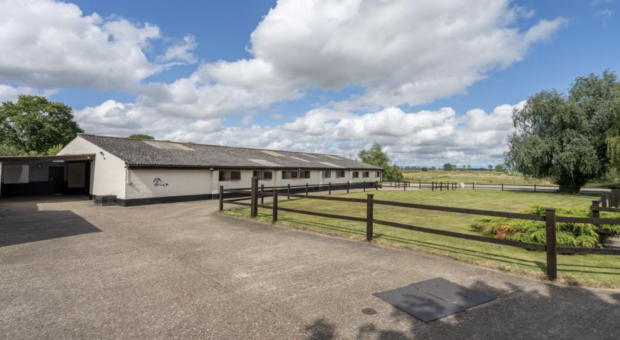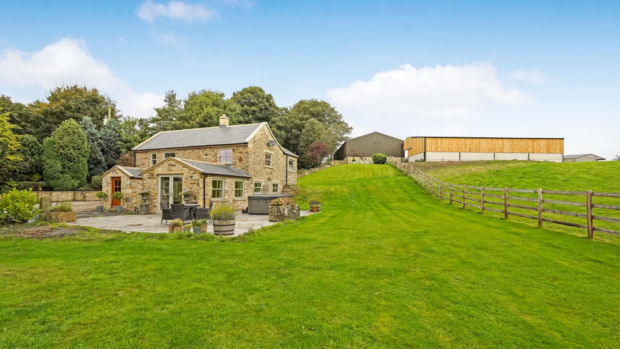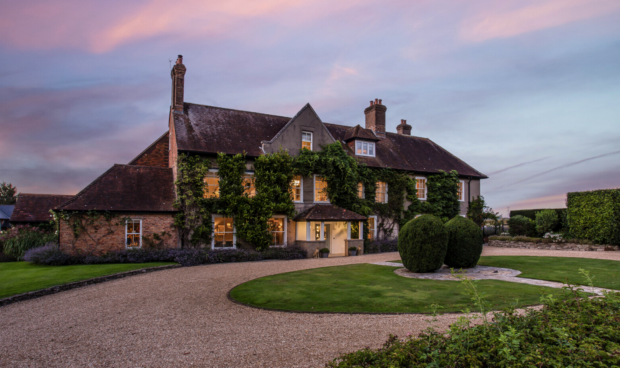A horse for every 1.8 inhabitants, Lambourn’s equestrian maths is staggering.
With more than 2,000 racehorses in training in the valley’s 50 yards, the Berkshire village exerts an obvious appeal for owners and trainers.
“We have everything in our favour: wonderful gallops of all sorts and top trainers in flat and jumping,” says Peter Walwyn, chair of the Lambourn Trainers Association.
He dismisses the idea that the glut of established racing operators might make life harder for newcomers.
“Lambourn is very welcoming. There’s plenty of room for trainers who want to move here. If anything, a concentration of studs and trainers makes life simpler.”
Lambourn boasts a specialist saddler, top-notch veterinary care and even a Parish Council committee devoted to racing.
The jewels in the local crown are the extensive training grounds, turf and all-weather gallops. It is telling that the village has at least as many fitness facilities for horses – including two equine swimming pools and a water treadmill – as it does for humans.
Lambourn is also popular among amateur riders and competitors from other disciplines. “Expert advice is easily available, communication links are fantastic and the facilities are good, with all the supporting services for businesses and private riders,” says Tim Sherston of agent Drewatt Neate.
“+”The area ahs good riding and hunting.”
Lambourn’s one drawback is that popular demand makes finding the right house here a challenge worthy of Epsom or Aintree. Placing an inquiry about equestrian properties with local agents is likely to reveal that they “haven’t got an awful lot left”.
“We have plenty of buyers looking for properties with enough land to keep horses and these are quite difficult to find. Anything with five-plus acres – and particularly, anything with more than 35 acres – gets a huge amount of interest,” says Sherston.
Despite this, the local market is surprisingly stable. “It’s not rushing ahead nor is it crashing down,” says Craig Pilgrim of agent Pilgrim Bond, “Buyers are becoming much more discerning, but the right thing at the right price will still sell quickly.”
Prices have recorded an average 11.5% increase over the past year, says the Land Registry, but independent research company Hometrack reports that growth ahs levelled off now, with a detached house in postcode area RG17 costing on average £314,000.
However, equestrian set-ups can be much more expensive, depending on requirements. Amateur riders run the whole gamut of the scale, looking for anything from a Bungalow with a pony paddock to a mansion with 45 acres, but the most popular price is around £750,000.
Professional eventers and show jumpers often prefer to rent and go for commercial yards with plenty of boxes, some turnout, a horse-walker and an arena. Throwing in decent accommodation, such a set-up would cost about £25,000 per year.
Racing trainers will also rent when they start out in the industry, with a view to buying when they become established. Owners, by contrast, tend to purchase right away and look for a good house with a separate cottage for trainers or staff and enough acreage to suit their horses.
“But racing properties rely on having gallops and don’t need quite so much land,” says Pilgrim.
“The cost of a racing set-up depends among other things, on the number of boxes it ahs. As a rule of thumb, you’re looking at £5,000 per box, excluding house, staff accommodation and land,” he says. “For smaller yards, you’d be looking at a total of £500,000, while £2m buys a reasonable house with 60 or 70 boxes, 25 acres of land and trainer or staff accommodation. But, for larger yards, the sky’s the limit!”




